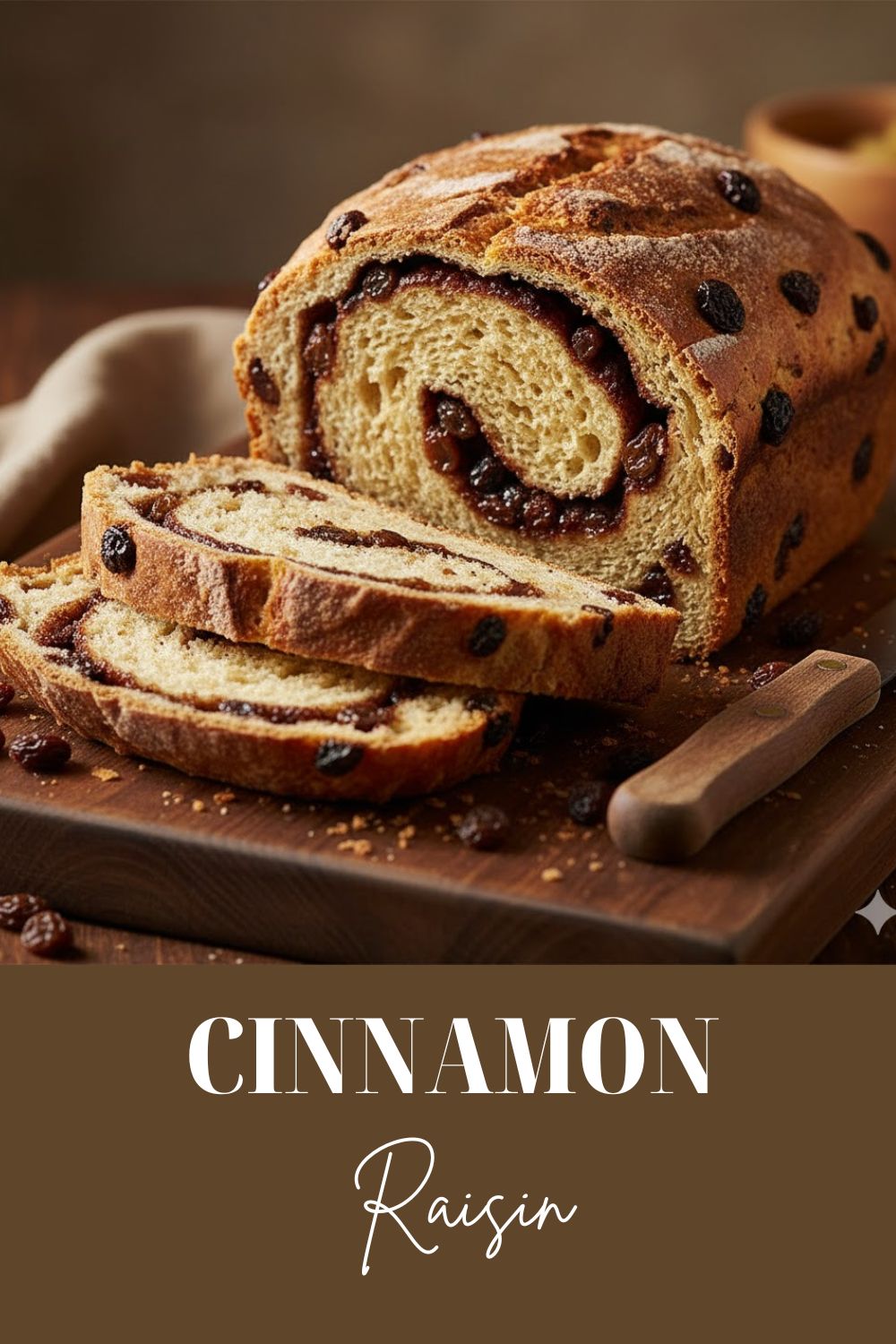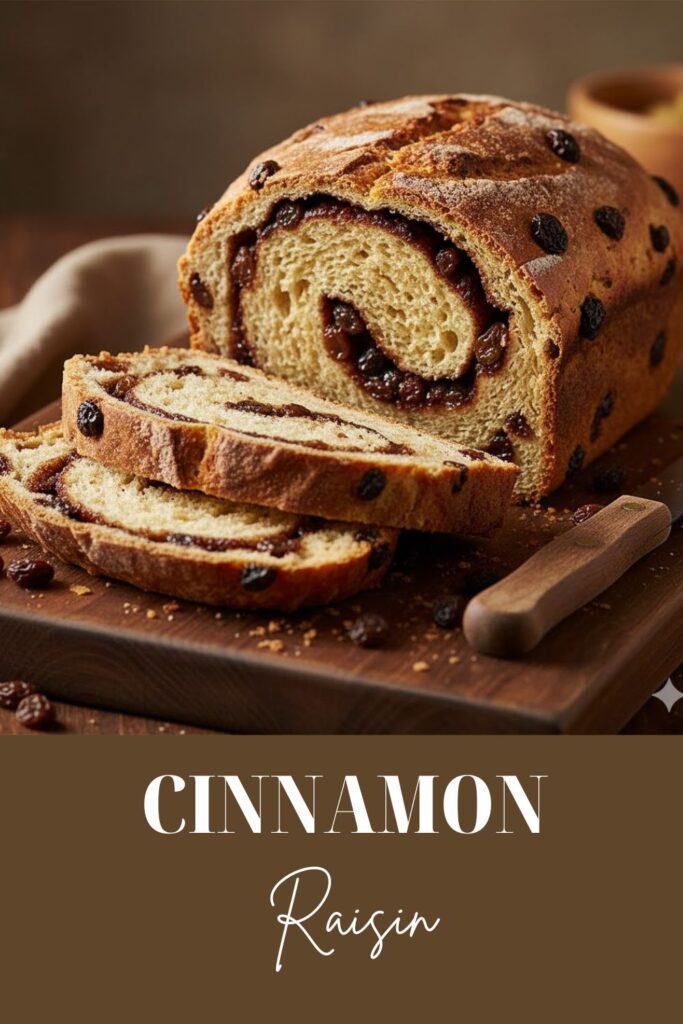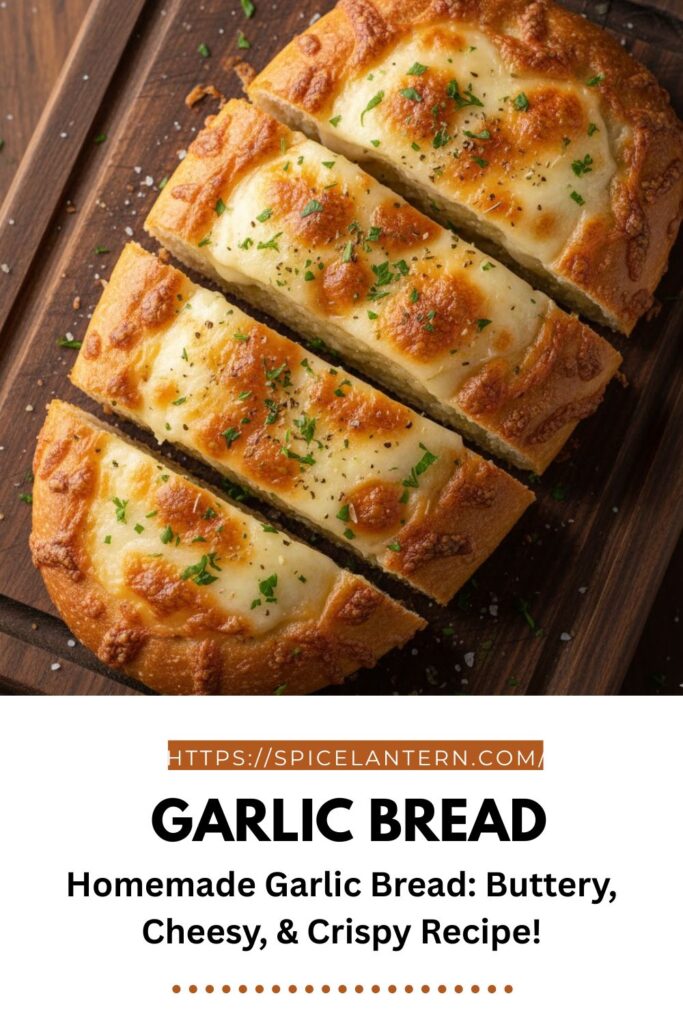Ditch the Dip: Your Guide to Baking Rich, Herby, Ultimate Olive Bread
Let’s be real, you already love olives. You eat them straight from the jar, you fish them out of martinis (don’t lie!), and you know they are the cornerstone of any respectable Mediterranean charcuterie board. So why is the Olive Bread at the grocery store always so stingy with the good stuff? A few sad flecks of green, a hint of oil, and a whole lot of disappointment. That ends now! We are making a deep-dish, yeast-raised, aggressively flavored loaf of Olive Bread where every single slice contains a perfect burst of salty, herby goodness. Stop dipping your bread in oil; put the oil in the bread!
Why This Recipe Is Awesome (It’s a Flavor Explosion)
This bread isn’t just a side dish; it’s a personality. Why will you love this recipe?
- Flavor-Packed Crumbs: We don’t just toss the olives in; we build a foundation of olive oil, fresh rosemary, and roasted garlic right into the dough. This creates a soft, rich crumb that is deeply savory, not just salty.
- The Perfect Texture: This is a slightly higher-hydration dough, meaning it yields a beautifully soft, open crumb that contrasts perfectly with the salty bite of the olives and the crunchy crust.
- Easy on the Knees (and Kneading): We use a simple stretch-and-fold technique instead of aggressive kneading. This allows the gluten to develop passively, making this an easy weekend project. You’ll impress guests and feel like you transported them straight to the Mediterranean.
Ingredients: The Mediterranean Essentials
Go high-quality with your olive oil and your olives—it makes a difference!
- 4 cups (500g) Bread Flour (or All-Purpose): Bread flour gives the best chew and rise.
- 1 ½ cups (350ml) Warm Water (105-115°F / 40-46°C): The perfect temperature to wake the yeast.
- 2 ¼ teaspoons (1 packet) Instant Yeast: Our power lifter.
- 2 teaspoons Salt: Balances the sweetness, but be mindful of salty olives!
- 1/3 cup Extra Virgin Olive Oil: Adds incredible richness and flavor to the dough.
- 1 cup Olives (Mixed Black and Green): Pitted and roughly chopped. Kalamata and Castelvetrano are IMO the gold standard.
- 1 tablespoon Fresh Rosemary (finely chopped): Herby aromatic goodness.
- 1 teaspoon Roasted Garlic (minced or paste): A deep, sweet savory note.
Key Substitutions:
- Bread Flour: You can use All-Purpose Flour, but the texture will be slightly less chewy.
- Olives: You can use sun-dried tomatoes instead of olives for a sweeter, tangy bread. Blot them dry first!
- Rosemary: Use thyme or oregano for an alternative herbaceous flavor.
Tools & Kitchen Gadgets Used: Your Baking Battle Gear
You need a few basics for this yeast-based recipe.
- Large Mixing Bowl: For combining ingredients and the rise.
- Digital Food Scale (Highly Recommended): For accurate flour and water measurement. Baking is chemistry!
- Whisk: For combining dry ingredients.
- Rubber Spatula or Wooden Spoon: For mixing the dough.
- 9×5-inch Loaf Pan or Baking Sheet: For baking (loaf pan gives height, baking sheet gives a flatter, focaccia-style bread).
- Plastic Wrap or Shower Cap: For covering the dough during rises.
- Wire Cooling Rack: To prevent the inevitable soggy bottom.
Step-by-Step Instructions: The Rise to Glory
Patience is key, but the actual hands-on time is minimal. You can multitask while the yeast works its magic.
Step 1: Activate and Mix (5 Minutes)
- In your large mixing bowl, whisk together the flour, salt, and instant yeast.
- Pour the warm water and the olive oil into the dry ingredients.
- Mix everything with a rubber spatula until a shaggy, wet dough forms. Ensure there are no dry streaks of flour remaining. Cover the bowl.
Step 2: The Gentle Gluten Build (90 Minutes)
- Let the dough rest for 30 minutes (the autolyse/initial rest).
- Perform 3 sets of stretch and folds over the next hour (one set every 20 minutes). With wet hands, gently lift a side of the dough, stretch it up, and fold it over the center. Rotate the bowl and repeat 3 more times. This builds structure gently.
Step 3: Olive Inoculation (5 Minutes)
- Prep the Olives: Drain your olives well and roughly chop them. This helps them stick to the dough and prevents huge pockets of moisture. Pro Tip: Toss the chopped olives with a tiny pinch of the remaining flour to absorb excess moisture.
- Spread the dough out slightly on a clean surface. Sprinkle the olives, rosemary, and roasted garlic over the dough.
- Perform one final gentle set of stretch and folds to evenly distribute the flavor bombs throughout the dough.
Step 4: Final Rise and Shape (60 Minutes)
- Return the dough to the bowl, cover, and let it rise for another 30 minutes.
- Gently turn the dough out. Shape it into a neat log and place it in your prepared loaf pan, or shape it into a rustic oval on a parchment-lined baking sheet.
- Let the dough rise, covered, for 30 more minutes, or until it looks puffy and has nearly doubled.
Step 5: Bake and Conquer (35-45 Minutes)
- Preheat your oven to 400°F (200°C).
- If baking a loaf, place it in the oven. If baking on a sheet, spritz the top with a little water for a crusty finish.
- Bake for 35-45 minutes. The crust should be a beautiful deep golden brown. Tap the bottom of the loaf—it should sound hollow when fully cooked.
- Remove the loaf from the pan immediately and place it on a wire cooling rack.
Step 6: The Unbearable Wait (30 Minutes)
- Listen to the crust crackle. That’s the sound of success.
- DO NOT SLICE IT for at least 30 minutes. Cutting hot bread allows steam to escape, which leads to a gummy center. Patience is your final act of love for this bread.
Calories & Nutritional Info: The Mediterranean Details (Estimated)
These are estimates for one generous slice (1/10th of the loaf).
- Calories per serving (1 slice): ~220-250 calories
- Carbohydrates: ~30-35g
- Protein: ~6-8g
- Fat: ~8-12g (Mostly healthy monounsaturated fats from the olive oil and olives.)
- Sodium Warning: Olives are salty! This bread can be high in sodium. Reduce the recipe’s salt by ½ teaspoon to compensate.
Common Mistakes to Avoid: The Olive Oil Oops
Keep your dough strong and your olives in place!
- Oiling Too Soon: Adding all the olive oil at the very start can sometimes inhibit gluten development. The stretch-and-fold method helps the dough incorporate the fat gradually.
- Wet Olives are Wreckers: Olives fresh from the brine introduce too much moisture, which can weaken the gluten and lead to a wet, mushy spot in the dough. Always drain and chop olives, and toss them in a little flour!
- Under-Kneading/Folding: Wet, heavy inclusions like olives require a strong gluten structure to keep them suspended. Don’t skip the stretch-and-folds!
- Cutting Too Soon: As always, the steam trapped inside will create a gummy crumb. Wait the full 30 minutes!
- White Crust Weakness: If your crust is pale, increase the temperature for the final 5 minutes or brush the top with a tiny bit of olive oil before baking.
Variations & Customizations: Your Flavorful Focaccia
This simple dough is a perfect base for rich, savory fillings.
- Feta & Sundried Tomato: Replace the olives with ½ cup of crumbled feta cheese and ½ cup of chopped sun-dried tomatoes (drained). Sprinkle the top with oregano before baking.
- Spicy Chili & Parmesan: Fold in ¼ cup grated Parmesan cheese and 1 tablespoon of chili flakes (or finely diced pickled jalapeños). Brush the top with garlic butter before baking.
- Calamari Ink Black Bread (Advanced): Replace 2 tablespoons of the water with squid ink for a dramatic black loaf with a hint of briny flavor. Use Kalamata olives for an intense pairing!
FAQ Section: The Briny Baking Q&A
You’ve got questions about oil, brine, and that pesky rising time.
Q1: Should I use green olives or black olives?
A: Use a mix! Black olives (like Kalamata) offer a rich, fruity flavor, while green olives (like Castelvetrano) offer a more intense, salty tang. Mixing them gives the best complexity.
Q2: Can I substitute the water with olive brine?
A: Yes, but with caution! Brine adds amazing flavor, but it is very salty. Reduce the salt in the recipe to ½ teaspoon or less if you use brine, or the bread will be inedibly salty.
Q3: What is the best way to store olive bread?
A: Store the cooled bread wrapped loosely in a paper bag at room temperature for up to 3 days. The crust stays crisper this way. Freeze wrapped slices for longer storage.
Q4: Why did the olives sink to the bottom of the loaf?
A: The dough likely lacked sufficient gluten structure (not enough folding) or the olives were too wet/heavy. Next time, chop the olives finer and perform more stretch-and-folds to build strength.
Q5: Can I use olive oil instead of butter in other bread recipes?
A: Yes, olive oil often makes the bread softer and richer than butter, and it’s a staple in Mediterranean breads. Substitute oil 1:1 for melted butter, but avoid EVOO for very sweet breads.
Q6: How do I get a really thick, chewy crust?
A: Use a Dutch oven for baking (traps steam), or place a tray of hot water in the bottom of your oven during the first 15 minutes of baking. Steam equals a thick, blistered crust!
Q7: Should I use active dry yeast or instant yeast?
A: Both work. Instant yeast is easier; you mix it directly with the flour (as shown). Active dry yeast needs to be proofed first in the warm water for 5 minutes until foamy.
Final Thoughts: You Are Now a Mediterranean Master
You did it! You baked a deep, rich, aggressively flavored Olive Bread that is exponentially better than anything you can buy. You conquered the stickiness, tamed the olives, and produced a loaf that smells like a trip to Tuscany. Go ahead and drizzle that golden crust with a little more olive oil. You’ve earned the title of Mediterranean Master.







